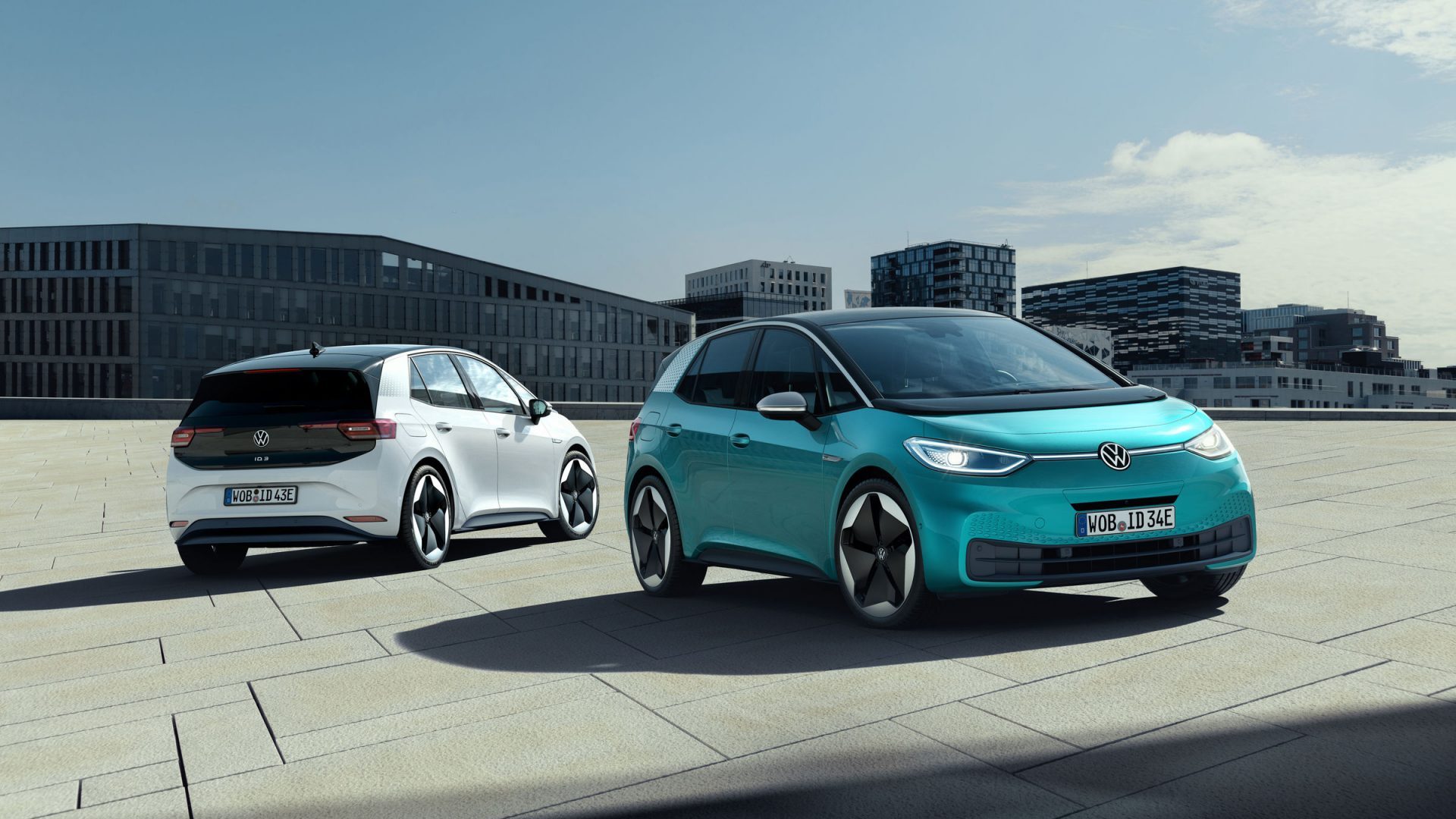

Those interested in an electric vehicle made by a proven auto manufacturer, but don’t have the $150,000-plus to spend on a Porsche Taycan, look no further. Ahead of the Frankfurt Motor Show, Volkswagen has unveiled its highly anticipated ID.3, a genuinely affordable electric hatchback from what is empirically the world’s largest car company.
Here are five key facts to know about the 2020 Volkswagen ID.3.
5.) It’ll likely start at under $33,000
Official U.S. pricing has yet to be announced, but the base ID.3 will start at “under 30,000 euros” in Europe, which at today’s exchange rates, equates to a little over $33,000. Meanwhile, the fabled $35,000 Tesla Model 3 is already being phased out—shortly after the first one was just delivered to a customer.

4.) It’s good for between 205 and 342 miles of range
At launch, the Volkswagen ID.3 will be available with three battery options. The $30k, 45 kWh base model will boast 205 miles of range, while a 58 kWh version bumps battery life up to 261 miles. The VW EV’s biggest battery is 77 kWh and can take you up to 342 miles. Crucially, the company says the ID.3 can fast-charge approximately 180 miles worth of juice in under 30 minutes.

3.) It’s the first car to be carbon neutral upon delivery
Volkswagen didn’t offer much detail into how exactly this was accomplished but it claims that the ID.3’s battery production, supply chain, and assembly will make it the first car to be completely carbon neutral when it leaves the factory floor and is delivered into the hands of customers. This should be enough for your neighbors who insist on guilt-tripping you over not buying a used Prius to shut up already, but we’re not making any promises.

2.) It’s interior will be way bigger and tech-ier than the average compact
Because EVs don’t have to accommodate for a big, heavy engine up front, Volkswagen’s MEB platform is able to place the axles way out near the bumpers of the car, making for a much more spacious cabin. What’s more, pretty much all of the controls flanking the 10-inch touchscreen and on the steering wheel are touch-sensitive. Apparently, the only physical buttons and switches remaining control the electric windows and the hazard lights. The future is now, old man.

1.) Floor-mounted batteries mean better handling
Par for the electric vehicle course, the Volkswagen ID.3’s batteries will be placed in the underbody, keeping the center of gravity low, and handling prowess high. Just ask anyone who’s an advocate for Boxer engines. Speaking of engines, its mid-range 58 kW electric motor will propel the electric VW to a top speed of 100 mph and make the equivalent of 204 horsepower and 229 pound-feet of torque. ID.3.R hot hatch, anyone?





